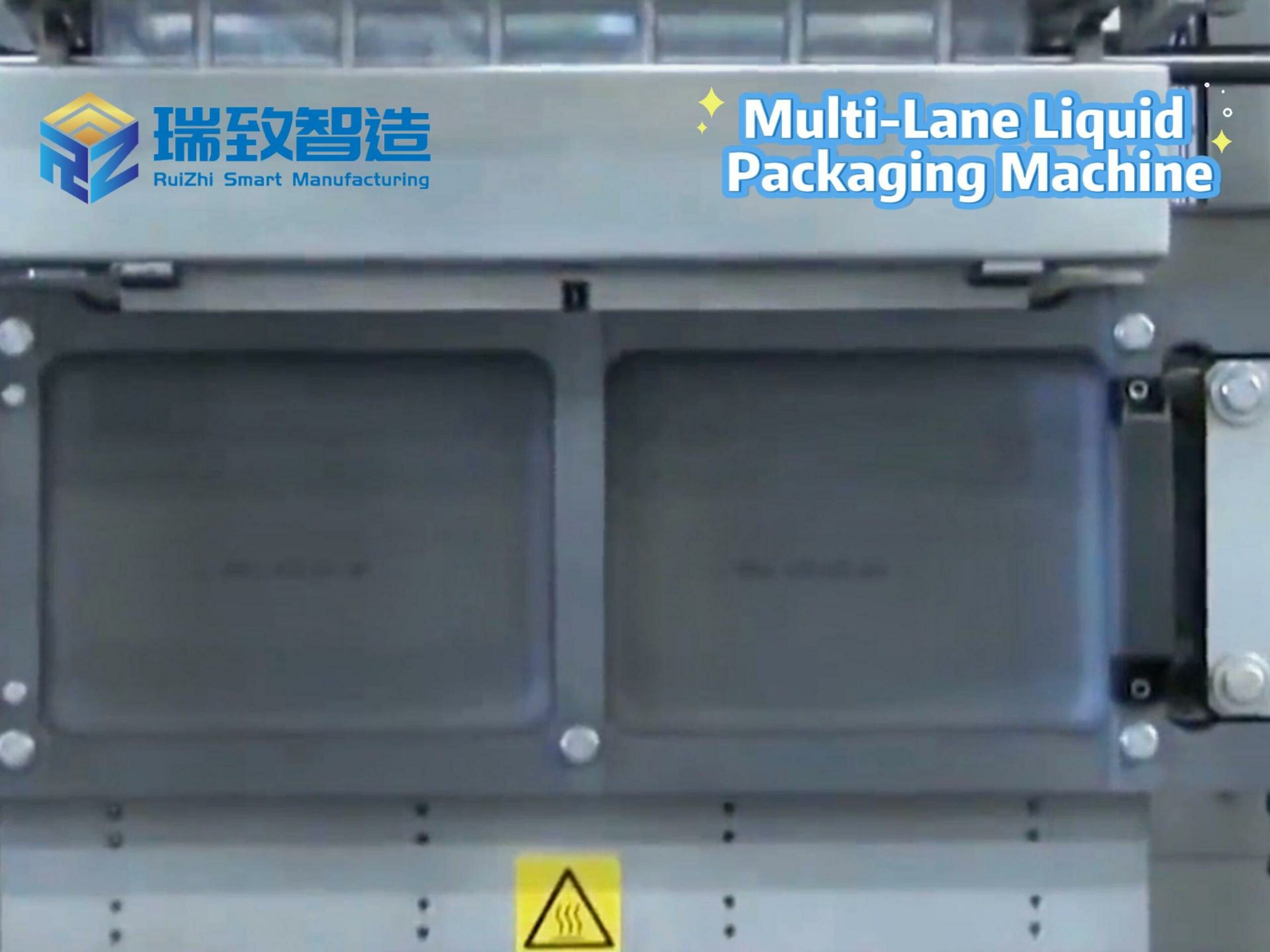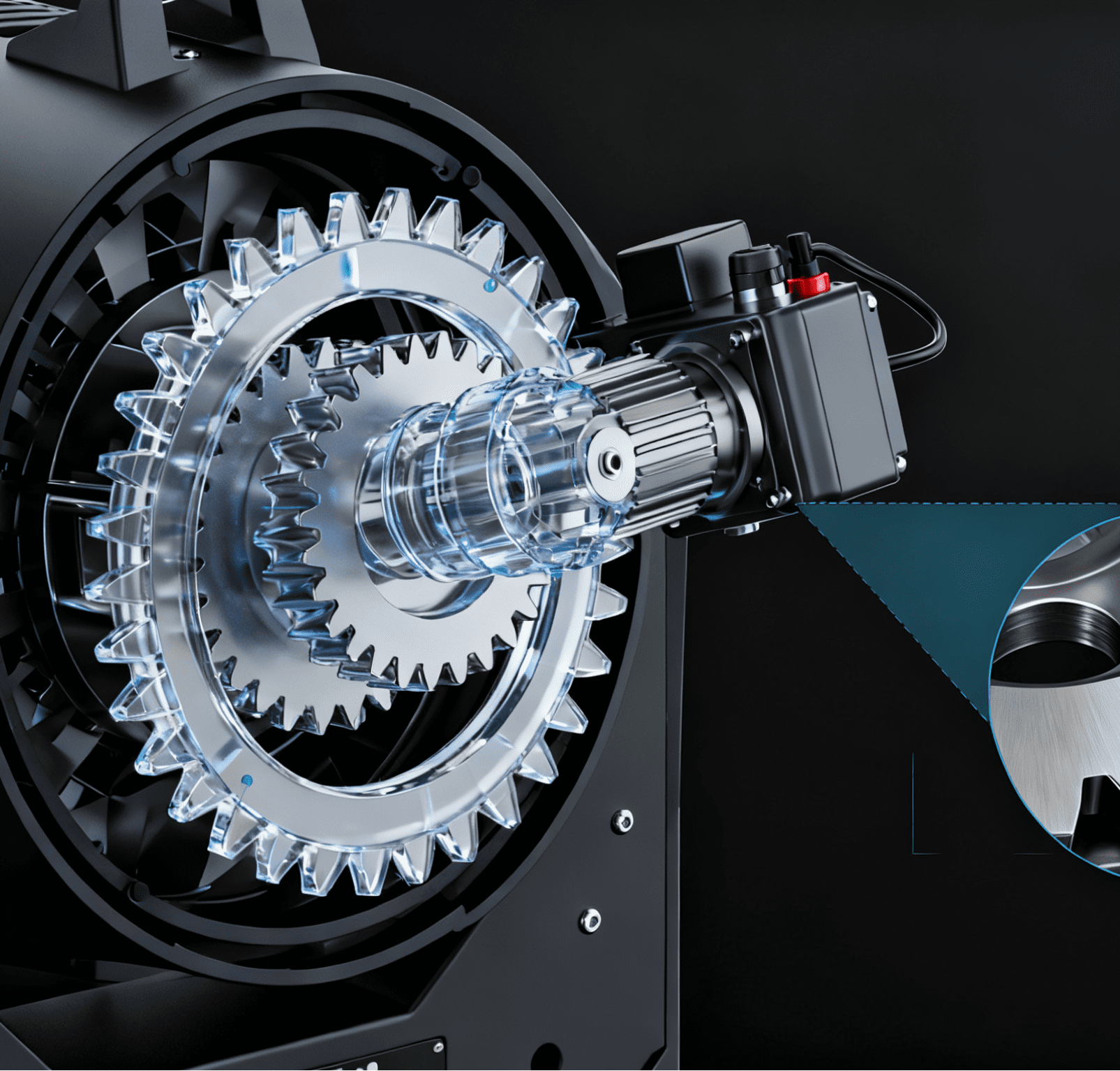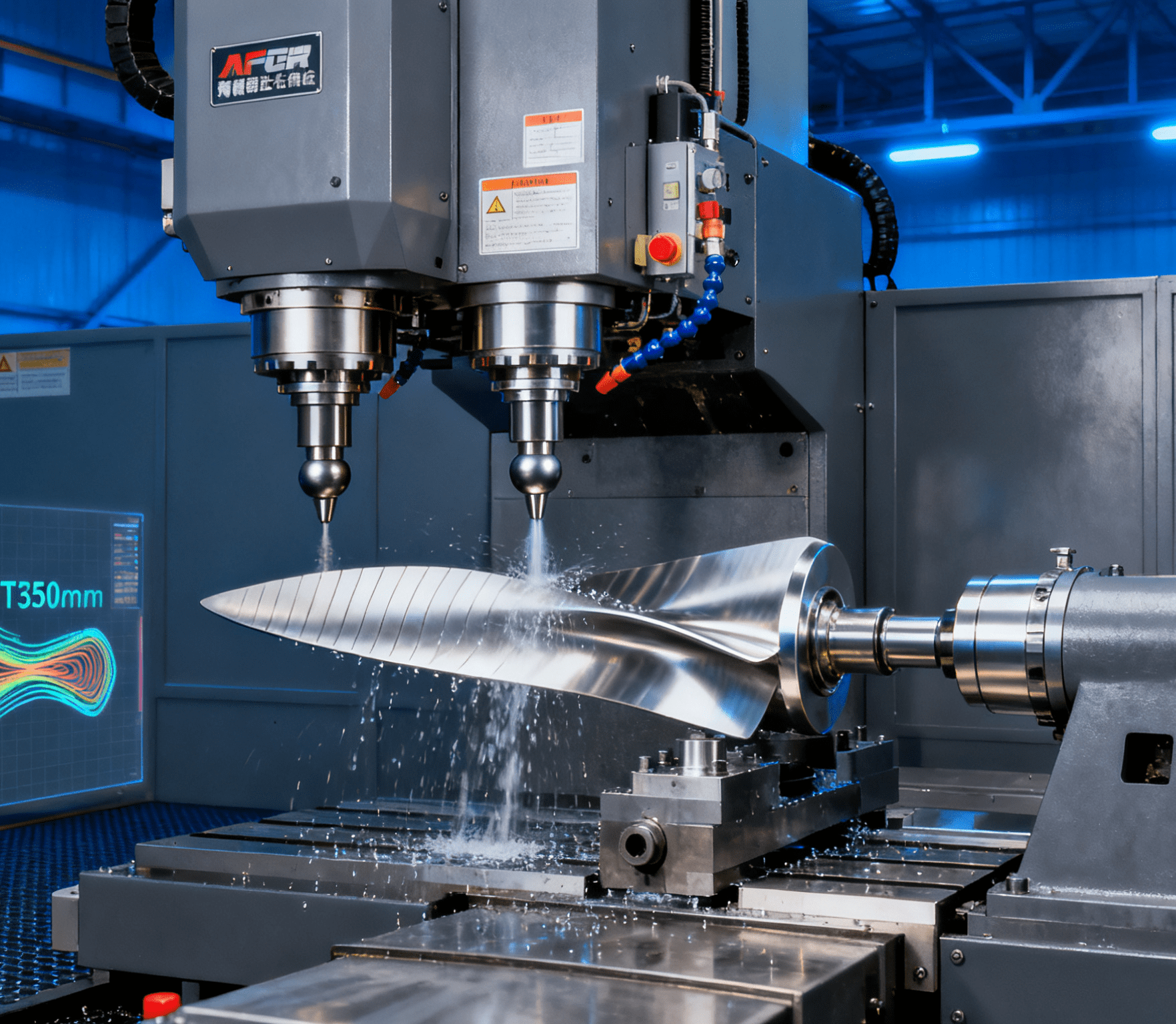Table of Contents
ToggleThe New Ecosystem of Supply Chain Collaboration: How Flexible Automatic Assembly Equipment Reconstructs Manufacturing Networks

Introduction
Under the dual pressures of “fragmented consumer demand” and “escalating supply chain uncertainties,” traditional “chain-type supply chains” are accelerating their evolution into “networked manufacturing ecosystems.” Flexible automatic assembly equipment is no longer confined to improving efficiency within enterprises; instead, it integrates into the industrial internet as an “intelligent node,” driving the manufacturing network’s shift from “plan-driven” to “demand-pull.” This article analyzes three models—distributed manufacturing, capacity sharing, and real-time collaboration—combined with platform practices like Haier COSMOPlat and Siemens MindSphere, revealing how flexible equipment reshapes the collaborative logic of industrial chains and makes “global collaborative production for small-batch orders” possible.
I. Revolution in Manufacturing Models: From “Centralized Factories” to “Distributed Manufacturing Networks”
The high precision and rapid model switching capabilities of flexible equipment have broken the traditional paradigm of “economies of scale relying on centralized production,” giving rise to three forms of distributed manufacturing.
1. Regional Micro-Factories
Technical Support:
- Single flexible equipment integrates full functions of “vision positioning + force-controlled assembly + automatic inspection” (floor area ≤10㎡). For example, a Swiss watchmaker’s micro-assembly unit can switch production among 5 different gear sets within 20 minutes.
- 5G+MEC (multi-access edge computing) enables localized processing of equipment data with latency ≤10ms, ensuring real-time synchronization of process parameters between remote factories and headquarters.
Case: Agile Response in Africa’s Mobile Phone Market Transsion Holdings deployed over 100 flexible micro-factories in Nigeria, each supporting mixed production of 20+ mobile phone models. Through local assembly, delivery cycles were shortened from 45 days (direct shipping from China) to 7 days, with inventory turnover increased by 300%, successfully capturing over 50% of Africa’s market share.
2. Manufacturing-as-a-Service (MaaS) Platforms
Operational Model:
- Equipment asset securitization: A domestic platform splits 500 flexible devices into shared units of ¥100,000/share. SMEs can pay based on “usage duration + product quantity” (basic rate ¥800/hour, including process debugging services).
- Intelligent scheduling algorithms: Optimize cross-factory order allocation based on genetic algorithms to balance equipment utilization (target ≥85%) and transportation costs (priority allocation within ≤100km radius).
Data Verification: A Shenzhen MaaS platform connecting 300 suppliers reduced equipment idle time for small and medium electronics factories from 40% to 12%, shortened prototyping cycles from 15 days to 3 days, and attracted enterprises like Huawei and Xiaomi to join.
3. Blockchain-Enabled Decentralized Manufacturing
- Blockchain Applications:
- Smart order contracts: Customers publish assembly requirements on the blockchain (e.g., “1,000 customized connectors, accuracy ±0.05mm, delivery in 10 days”), and the system automatically matches capable flexible equipment based on 12 indicators including historical yield and equipment idle rate.
- Quality traceability chains: Process parameters of each assembly (e.g., tightening torque, positioning coordinates) are stored on the chain, enabling a medical device factory to shorten FDA audit time from 4 weeks to 3 days.
II. Capacity Collaboration Technologies: Making Equipment a “Tradable Asset in Supply Chains”
The combination of flexible equipment’s “digital twins” and industrial internet platforms enables visualization, quantification, and tradability of production capacity.
1. Real-Time Modeling of Capacity Maps
Technical Architecture:
- Device layer: Install IoT sensors (accuracy: position ±0.1mm, status update frequency 100Hz) to collect over 30 types of data in real time, including OEE, available fixture types, and current process parameters.
- Platform layer: Build 3D capacity maps based on Unity Digital Twin, using color heat maps to display equipment loads (green: idle, yellow: 50% load, red: full load). Hovering over a device reveals specific process capabilities (e.g., “supports 3C product shell assembly, model switching time 15 minutes, yield 98.5%”).
Application Effectiveness: A German automotive parts group improved cross-factory order scheduling efficiency by 60% through capacity mapping, shortening emergency order response time from 24 hours to 2 hours.
2. Dynamic Capacity Matching Algorithm
- Dual-Objective Optimization Model:\(\min \left( \sum_{i=1}^n c_i x_i + \sum_{j=1}^m t_j y_j \right)\)\(\text{s.t. } \sum_{i=1}^n x_i \geq D, \quad x_i \leq C_i, \quad y_j \leq T_j\)Where \(c_i\) = processing cost of equipment i, \(t_j\) = transportation time, D = order quantity, \(C_i\) = capacity of equipment i, \(T_j\) = transportation time limit. A domestic platform achieved a 45% improvement in comprehensive cost-efficiency optimization for order allocation using this model.
3. Cross-Enterprise Process Collaboration
- Technical Implementation:
- Process parameter sharing based on OPC UA: When Factory A’s flexible equipment develops optimal crimping parameters for a connector model (pressure 12N, speed 20mm/s), it can authorize Factory B through the platform (charging a 10% parameter usage fee).
- Remote process debugging: Using AR remote collaboration systems (e.g., Microsoft Dynamics 365 Remote Assist), experts can guide real-time adjustments to fixture angles (accuracy ±0.1°) for equipment at remote sites, reducing process debugging costs by 70% for a Japanese enterprise’s overseas factories.
III. Industry Practices: From Intra-Enterprise Collaboration to Industrial Chain Symbiosis
1. 3C Electronics: Addressing “Diverse Product” Customization Demands
Scenario Pain Points: Model iteration cycles for live-streaming equipment (e.g., fill lights, microphones) are only 2 months, requiring traditional supply chains to stock over 100 types of components, leading to high inventory costs.
Flexible Solutions:
- Establish a “component pool”: Through universal fixtures of flexible equipment (e.g., adaptive grippers compatible with 90% of plastic parts), share 10 basic casings and 5 functional modules to assemble over 200 final products.
- Order splitting algorithm: Split 1,000-piece orders into five 200-piece small batches, allocating them to five distributed factories for simultaneous production, completing delivery within 72 hours (15 days in traditional models).
Ecological Achievements: A 3C industrial cluster in Shenzhen shortened new product launch cycles from 90 days to 30 days and increased inventory turnover from 4 times/year to 12 times/year using this model.
2. New Energy Vehicles: Cracking the Supply Chain Dilemma of “Explosive Battery Model Growth”
Technical Challenges: Battery modules from different automakers vary by 30% in size and interfaces, requiring 80% fixture replacement and over 4 hours for model switching in traditional lines.
Collaborative Innovations:
- Develop “flexible battery manufacturing units”: Reconfigurable fixtures (e.g., electric servo fixtures supporting ±5mm size adaptation) combined with parameter self-learning algorithms (memorizing tightening strategies for 200+ battery models) compress model switching time to 20 minutes.
- Build a “battery manufacturing alliance chain”: Enterprises like CATL and BYD share excess capacity. When an automaker experiences sudden order surges, they can deploy 30% of idle flexible capacity within the alliance, improving response speed by 50%.
3. Medical Devices: Compliance-Driven Global Collaboration
Special Requirements: Implantable medical devices must meet strict production standards in various countries (e.g., FDA in the U.S., MDR in the EU), with traditional cross-factory collaboration requiring over 2 weeks for compliance document review.
Solutions:
- Flexible equipment integrates “multi-standard process packages”: The same device can switch to “FDA compliance mode” (recording accuracy up to 1μs-level timestamps) or “MDR compliance mode” (automatically generating process validation reports required for CE certification).
- Blockchain-driven compliance collaboration: Production data from each device is uploaded to the chain in real time. When products are exported, regulatory agencies can automatically verify compliance through smart contracts, shortening cross-border certification time by 80% for a Medtronic OEM factory.
IV. Future Trends: Building “Self-Organizing Manufacturing Ecosystems”
Device-as-a-Node Flexible equipment is embedded with edge computing modules (computing power ≥10TOPS), enabling autonomous participation in supply chain decisions: When detecting raw material inventory below safety levels (e.g., ≤200 screws remaining), it automatically sends replenishment orders to suppliers (based on historical consumption data prediction), achieving “zero-inventory” flexible production.
Digital Twin Supply Chains Establish full-process digital twins covering from order to delivery, simulating production effects of different flexible equipment combinations in real time. A Bosch factory’s digital twin system can evaluate 100 capacity allocation schemes within 10 minutes, selecting the combination with the lowest cost and shortest delivery time (error ≤2%).
Integration with Biological Manufacturing Explore new manufacturing models of “flexible equipment + bioprinting,” achieving integrated “design-printing-assembly” of customized prosthetics in the medical field. An Israeli start-up has used flexible equipment to complete precision assembly of 3D-printed bones and metal connectors with 0.02mm accuracy, directly promoting mass production of personalized medical devices.
Conclusion
The reconstruction of supply chains by flexible automatic assembly equipment is essentially the “intelligent decoupling and networked recombination of manufacturing resources”—when each device becomes an “intelligent node” with process understanding, data interaction, and autonomous decision-making capabilities, the entire manufacturing network gains ecological intelligence to “perceive demand ripples, dynamically restructure resources, and optimize collaboration in real time.” From the agile response of regional micro-factories to capacity sharing in global manufacturing networks, flexible equipment is rewriting the underlying logic of supply chains: no longer “push production” based on output, but “pull collaboration” driven by demand; no longer “efficiency optimization within enterprise walls,” but “value symbiosis across the industrial chain.” For enterprises aiming to build competitive advantages in uncertain times, embracing flexible equipment is not just equipment upgrading but a strategic transformation from “manufacturing islands” to “ecological nodes”—when devices can converse with the supply chain in real time, manufacturing truly becomes a “thinking network.”




















